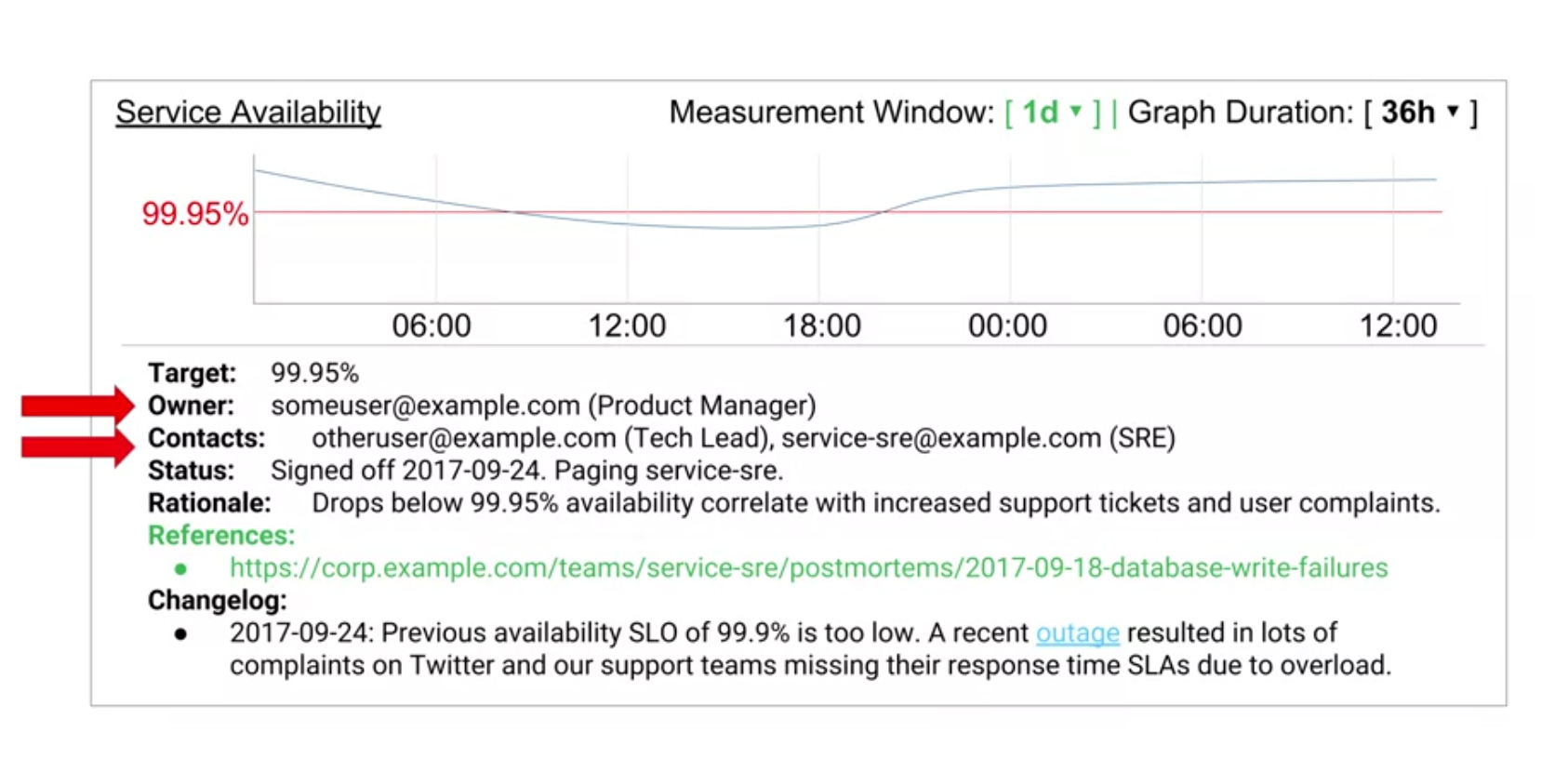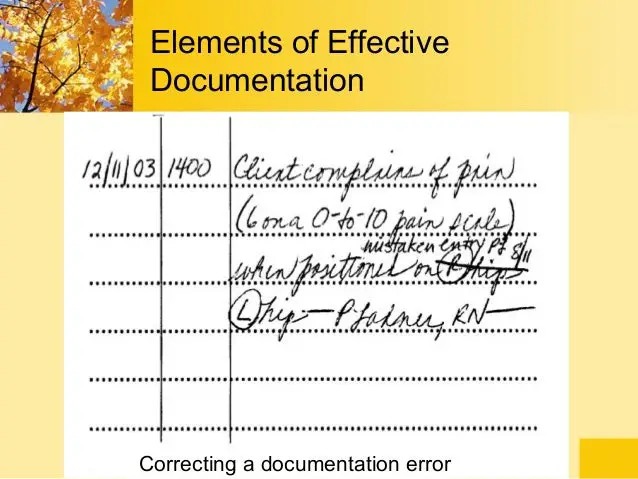Documentation Disasters: The Role Of Documentation In Error Resolution

Documentation plays a crucial role in minimizing downtime and expenses caused by software errors. Without adequate documentation, it is challenging to understand the software’s behavior, identify the root cause of errors, and implement effective solutions. This results in wasted time, effort, and resources.

The Importance of Documentation

Clear and comprehensive documentation provides a reference point for developers and support teams. It enables them to quickly understand the software’s functionality, identify dependencies, and access information necessary for troubleshooting. Well-documented error messages, for instance, help users understand the nature of the error and take appropriate corrective actions.
The Consequences of Poor Documentation
Insufficient or poorly written documentation can lead to serious consequences, including:
- Delayed Error Resolution: Without proper documentation, troubleshooting becomes a time-consuming and frustrating process. Engineers may spend countless hours searching for relevant information, leading to delayed error resolution and increased downtime.
- Incomplete Fixes: A lack of documentation often results in incomplete fixes that introduce new issues or fail to address the root cause of the error. This can lead to ongoing problems and further downtime.
- Increased Costs: Inadequate documentation contributes to increased maintenance and support costs. Engineers may resort to trial and error or costly external consulting to resolve errors, which can be more expensive and less efficient than relying on well-documented solutions.
Best Practices for Effective Documentation
To mitigate the risks associated with poor documentation, consider the following best practices:
- Document Early and Regularly: Establish a documentation culture early in the software development lifecycle. Document all aspects of the software, including its architecture, design, implementation, and testing.
- Use a Consistent Format: Implement a consistent documentation format across all documentation. This ensures easy navigation, readability, and accessibility.
- Provide Context: Provide sufficient context and background information to help users understand the purpose, scope, and limitations of the software.
- Use Visuals: Incorporate diagrams, flowcharts, and screenshots to illustrate complex concepts and simplify understanding.
- Review and Update Regularly: Schedule regular documentation reviews and updates to ensure accuracy and alignment with the evolving software.
By adhering to these best practices, organizations can improve the quality of their documentation, reduce downtime, minimize costs, and enhance their overall software development and maintenance processes.## Documentation Disasters: The Role of Documentation in Error Resolution
Executive Summary
Proper documentation is vital in ensuring smooth and effective error resolution. This article analyzes the significance of well-organized, accurate, and up-to-date documentation in swiftly identifying, diagnosing, and resolving system and software errors. Organizations that prioritize documentation processes can minimize disruptions, improve system reliability, and enhance productivity.
Introduction
Documentation forms the backbone of efficient error resolution in any organization. It provides a comprehensive record of system configurations, processes, and protocols, empowering IT professionals to quickly understand the root causes of errors and implement effective solutions. Absence or inadequacy of documentation can lead to delays, inefficiencies, and increased downtime.
FAQs
FAQ 1: Why is documentation crucial in error resolution?
FAQ 2: What are the key elements of effective documentation for error resolution?
FAQ 3: How does documentation improve system reliability?
Subtopics
Error Identification and Analysis
- Definition: The process of pinpointing the source and nature of a system error.
- Importance:
- Eliminates guesswork and trial-and-error troubleshooting.
- Facilitates a precise understanding of the error’s impact and potential risks.
Error Resolution Strategies
- Definition: Methods employed to correct and prevent errors from recurring.
- Types:
- Quick fixes: Temporary solutions to resolve immediate issues.
- Permanent fixes: Long-term solutions that address the underlying causes of errors.
- Preventive measures: Proactive steps taken to minimize the likelihood of errors.
System Monitoring and Logging
- Definition: Continuous monitoring of system activities to identify errors and performance issues.
- Benefits:
- Early detection of potential errors before they escalate into significant problems.
- Detailed logging of error events for later analysis and resolution.
Documentation Best Practices
- Definition: Guidelines for creating and maintaining high-quality documentation.
- Principles:
- Accuracy: Ensure documentation is free from errors and reflects the actual system configuration.
- Completeness: Provide comprehensive information about all aspects of a system.
- Clarity: Write documentation using clear and concise language to facilitate understanding.
Collaboration and Communication
- Definition: Involving multiple stakeholders in the documentation process to ensure a shared understanding of system functionalities.
- Importance:
- Enables diverse viewpoints and expertise to contribute to accurate and comprehensive documentation.
- Facilitates effective communication among IT teams, users, and other stakeholders.
Conclusion
Robust documentation practices are indispensable for efficient error resolution and system reliability. By emphasizing accuracy, completeness, and collaboration, organizations can transform error resolution from a time-consuming and reactive process into a proactive and streamlined function. This proactive approach reduces downtime, increases productivity, and ensures a seamless end-user experience. Organizations that value documentation as a strategic asset empower their IT teams to optimize system performance, maximize uptime, and respond swiftly to errors.
Keyword Tags
- Error Resolution
- Documentation Best Practices
- System Monitoring and Logging
- Error Identification
- Collaboration and Communication

